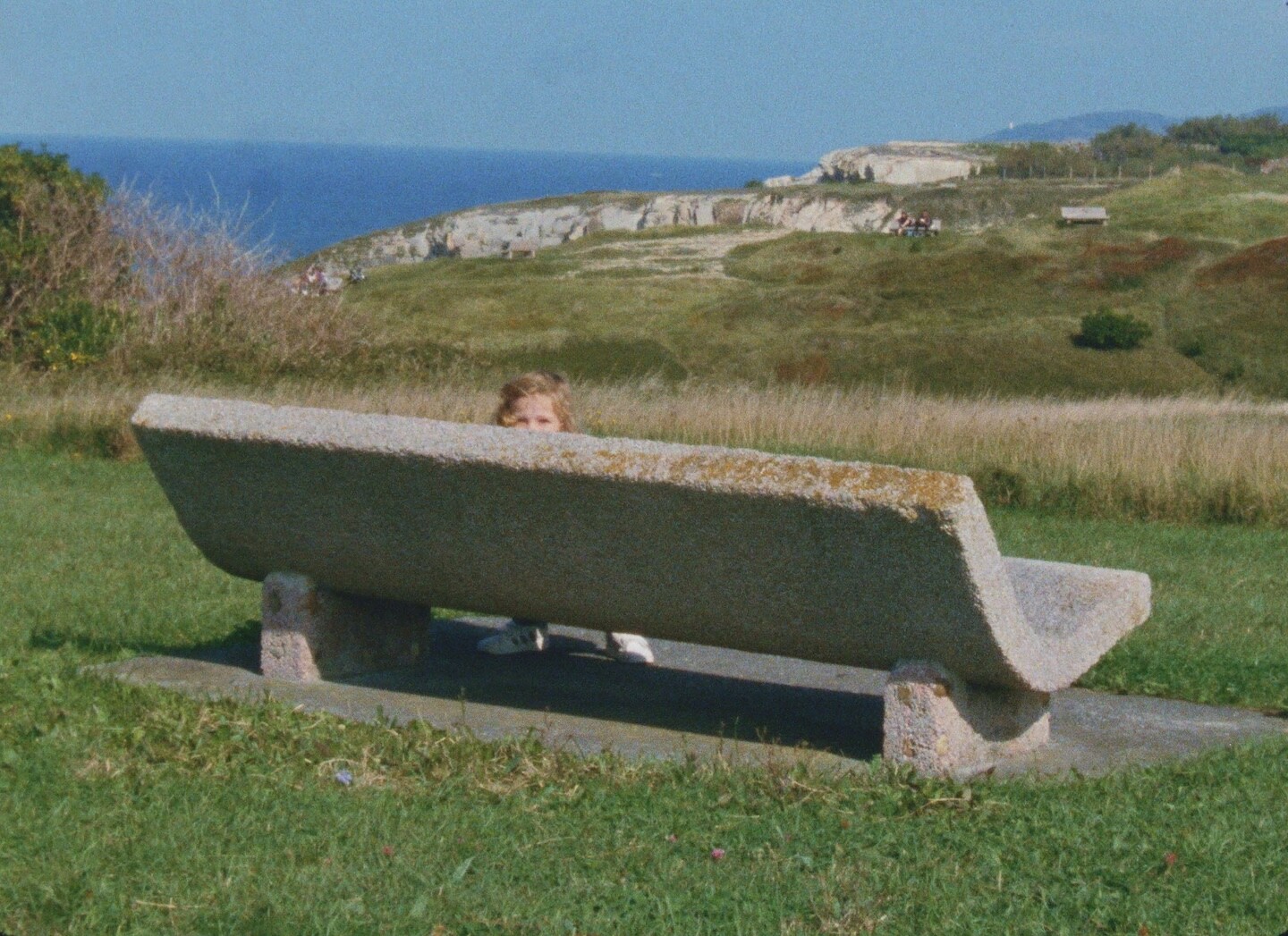Economies of Love
Admission:
General $10
Student $7
May 29, 2025, 7pm
Brooklyn, NY 11205
USA
Economies of Love continues with its third installment, “Sensing Body,” presenting the New York premiere of Ren Ebel and Laida Lertxundi’s In a Nearby Field (2023, 18 minutes), alongside Derek Jarman’s Blue (1993, 76 minutes), on Thursday, May 29 at 7pm at e-flux Screening Room.
This screening considers how film gives form to embodied experience—through image or its absence, through rhythm, sound, and the sense of duration. In Blue, made as he was losing his sight to AIDS-related illness, Jarman dispenses with the image altogether, composing a monochrome field of International Klein Blue over which voice and sound trace the contours of his body in decline. The film’s visual austerity intensifies sensory perception, transforming the screen into a space for imagining the limits of one’s bodily connection to others. In a Nearby Field, by contrast, is filmed from within daily life: created with their young daughter, Ebel and Lertxundi integrate domestic actions—learning, naming, holding—into the act of filmmaking that itself appears as part of the broader web of life. Whether in voicing what’s impermanent, or in imaging saturated entanglements, both films present a distinct way of giving form to the sense of body: one suspended at the threshold of disappearance, the other filled with the presence of becoming.
Economies of Love is a series that examines how love is shaped by labor, technology, and power—structured by economies of care and exchange, mediated through digital and urban infrastructures, and regulated by shifting social and political contexts—while also being a force for subversion and transformation within these very structures. You can view more information along with the archive of the previous screenings here.
Films
Ren Ebel and Laida Lertxundi, In a Nearby Field (2023, 18 minutes)
A man, a woman and their young daughter live together in an apartment in the Basque Country. Domestic chores and everyday gestures are superimposed onto lush, green landscapes. The filmmakers and their stand-ins reinterpret fragments of a diary. Music fills the house while children’s drawings come to life. Combining quiet observation and moments of fantasy, In a Nearby Field is a film about support, heredity, and the invisible little labors which sustain us.
“This film unfolded from our interest in what the American artist Merle Laderman Ukeles identified as “Maintenance Art”—an art contrary to notions of individuality, destruction, and the avant-garde, which might instead reflect the daily maintenance of our species, invisible and endless tasks, equilibrium, and what Ukeles called “The Life Instinct.” As artists, partners and parents of a child, we wanted to see what would happen if we fully integrated the mak-ing of a film with our daily life, using everyday routines, objects and gestures as material for the film. In a Nearby Field is the result of that experiment.”
- Ren Ebel and Laida Lertxundi
Derek Jarman, Blue (1993, 76 minutes)
A bold contribution to New Queer Cinema, Derek Jarman’s final film is a devastating rumination on color, the void, and AIDS. Formally, the film is starkly experimental—an unchanging shot of the color blue paired with a musical soundtrack and voice-over spoken by Jarman and collaborators Tilda Swinton, Nigel Terry, and John Quentin. The narration merges diaristic reflections on Jarman’s disease and impending death with poetic meditations on the meanings associated with the color blue. A monochromatic film, Blue was initially inspired by the work of Yves Klein but morphed after Jarman’s diagnosis with AIDS in 1986, instead becoming about sightlessness, with the screen’s color mimicking the hue that his vision took on as it faded. Blue is a visceral cinematic experience like no other and remains a fiercely vital piece of cinema to this day.
For more information, contact program [at] e-flux.com.
Accessibility
– Two flights of stairs lead up to the building’s front entrance at 172 Classon Avenue.
– For elevator access, please RSVP to program[at]e-flux.com. The building has a freight elevator nearest to 180 Classon Ave (garage door) leading into the e-flux office space. A ramp is available for steps within the space.
– e-flux has an ADA-compliant bathroom with no steps between the event space and this bathroom.
